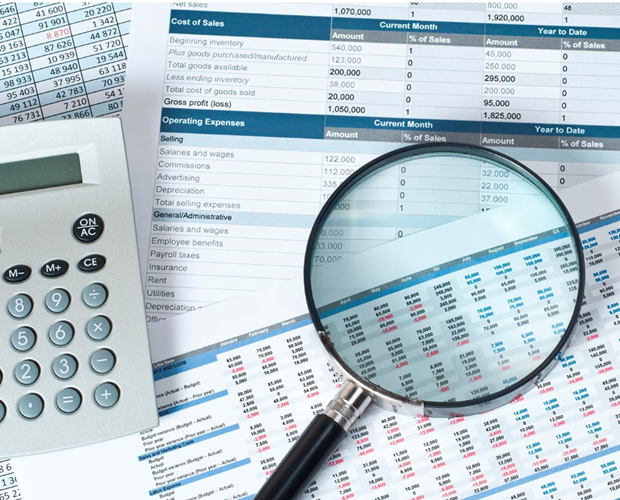Accounting isn’t the most glamorous part of setting up or running a business. Most entrepreneurs would rather spend their time developing their product line or growing their client base. But accounting is important. Without it, your business will never reach its full potential. A lack of adequate accounting could even create legal problems that could easily have been avoided.
As an entrepreneur you like to conceive an idea, set up a business, and watch it grow. Most likely, maximizing profits is one of your goals. Unfortunately, many businesses lose money. How can this be avoided? By keeping accurate books and records. The steps below summarize the components of a company’s financial management system.
1.1 Keeping the books
All source documents of a business are recorded in day books. The day books are the primary source of data for later preparation of financial statements. The layout of day books varies according to the needs of a business. Accounting software makes it easier to capture and record business transactions.
1.2 Introduction to financial statements
The income statement and balance sheet are two key financial statements of a business. The income statement shows the financial performance (profit or loss) of a business. The balance sheet is a snapshot of the financial position of a business at a point in time. It shows the assets, liabilities and capital of a business. The trial balance is a useful starting point in the preparation of the financial statements. Adjustments to the trial balance are normally made before financial statements are prepared, e.g. accruals, prepayments, closing inventory and depreciation. An inventory valuation is necessary for the preparation of financial statements. Depreciation is the spreading of the cost of non-current assets over a number of years.
The best way to put this article to use is to practice what you have learned. Get your business working as well as you can for you by ensuring you have good and timely accounting information.
1.3 Action steps
- How are you going to organize yourself so that all source documents of your business are captured and kept in a fashion which allows you to look back easily on any transactions? For example, how are you going to do your sales invoices, where will you file them?
- How are you going to record these business transactions? Written, in a spreadsheet or accounting software?
- Write out the main expenses in your business. Think about how to group the expenses in categories which might be useful in preparing an income statement. Try to think of the best layout of the income statement for your business.
- To familiarize yourself with the annual report of a company, choose four or five companies you know or find interesting. Go to their websites and download the most recent annual reports. They are often available in both PDF and web-page formats. Have a read through them and note any new items you find in the income statement or balance sheet and see if you can understand the notes to the accounts.
- Have a look at their cash flow statements. See if you can make sense of where cash comes from and what it is used for. Are there any items which concern you? For example, is there a lot of cash flow in from borrowing?
REFERENCES
Martin Quinn ‘’Book-keeping and Accounts for Entrepreneurs’’ (2009: Financial Times Press)




